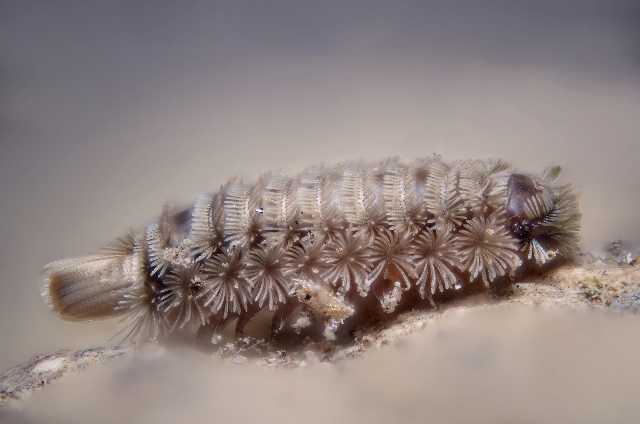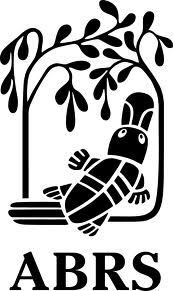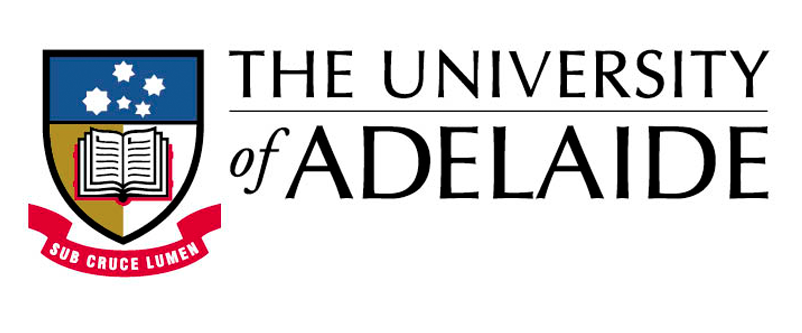Phylum Arthropoda
Subphylum Myriapoda
Class Diplopoda
Order Polyxenida
Common names: pin cushion millipedes, dwarf millipedes, polyxenids
Overview
Polyxenida is the only millipede order in the subclass Penicillata and they are the most primitive diplopods. They are easily distinguished from other millipedes by the presence of tufts of stiff setae over the body and a soft, non-calcified exoskeleton. The setae are used primarily as a defense mechanism to prevent predation by ants. The caudal bristles have apical hooks and barbs along their lengths by which they interconnect; when penicillates are attacked, these bristles are detached, entangling and disengaging the ants, which become hopelessly entangled the more they struggle until they die. Polyxenids can resemble some beetle larvae in general appearance. They possess 13 pairs of legs, and the eyes are normally composed of several ocelli, however blind species are also known. Unlike all other millipede orders, male pin cushion millipedes lack the specialized legs that in other millipedes are used to transfer sperm to females.
Distribution and diversity
Four families are recognized. There are 160 species described worldwide and four species described from Australia.
Life cycle
There are no specialized appendages for sperm transfer and reproduction occurs without contact between the sexes. The eggs, laid in batches, are deposited in nests woven from discarded setae glued together with secretions from sex glands. The newly hatched young possess three pairs of legs which increase in number, along with the number of body segments, at subsequent moults.
Feeding
Pin cushion millipedes have been reported feeding on soil yeasts, lichens and algae.
Ecology
Although rarely collected in Australia because of their small size, polyxenid millipedes can occur in extremely large numbers in parts of Western Australia. They are diurnally active, found in leaf litter and occasionally beneath rocks and logs in the wetter forests, but can also occur under rocks and in rock crevices in semi-arid areas. In eastern and northern Tasmania, polyxenids seem most abundant in dry forest and heathland at low elevations, but specimens have also been recovered from leaf litter in rainforest at ca. 650 m. They are more typically found in small groups in relatively dry shelters, such as cavities under loose bark.
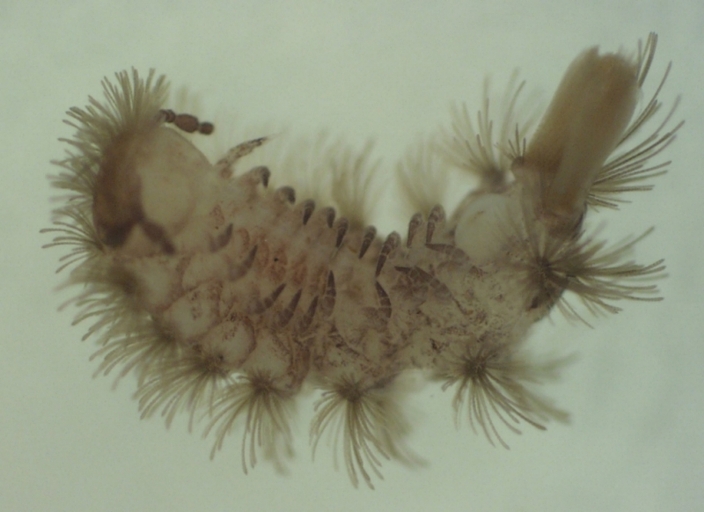
Polyxenida, an Australian species
Image credit: Photographer: E.S. Volschenk
� Western Australian Museum
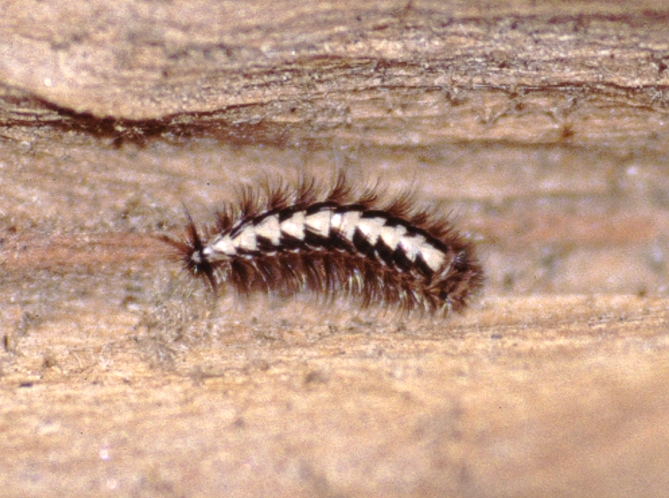
Polyxenida, an Australian species
Image credit: Photographer: E.S. Volschenk
� Western Australian Museum
